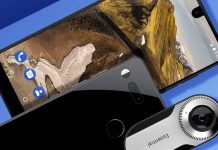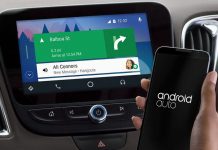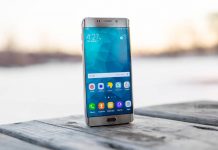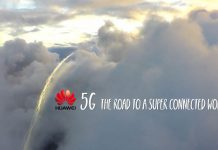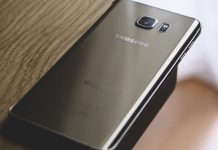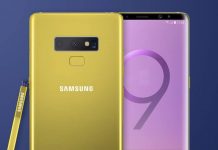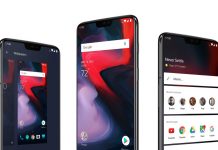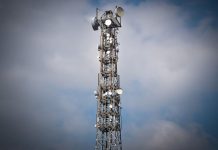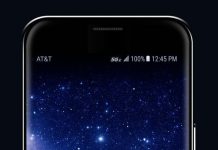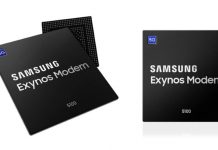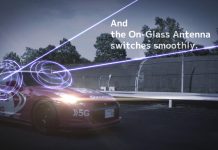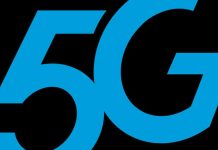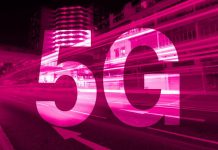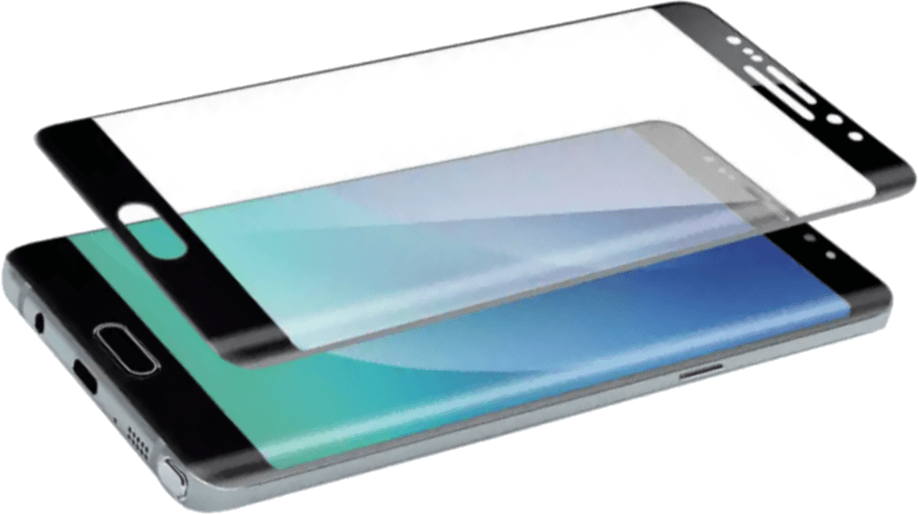Most people assume that 5G base stations will have a small range, which will force their dense installation. The American branch of T-Mobile knows a different solution to this problem. It consists in using the 600 MHz network coverage to build a 5G network. T-Mobile is getting closer to implementing this plan. The operator praised the first 5G video connection using the 600 MHz band.
Most operators are not interested in building 5G networks using low frequency bands. At least not within the next year. Therefore, the first new generation networks will use the millimeter band (26 GHz or 28 GHz) and the so-called sub-6 GHz frequency, which mainly means the band from 3400 MHz to 3800 MHz. However, this means that 5G transmitters will have a smaller range. Generally, there is nothing wrong with that. Higher frequencies and shorter ranges mean more network capacity, which translates into faster data transmission. At the same time, we must remember that 5G is not only high-speed mobile Internet. Only low frequencies are needed to build the ubiquitous Internet of Things and Smart City cities. They offer a smaller capacity, but give a much better range in return.
T-Mobile shows that 5G on low frequencies is also useful for ordinary users
The T-Mobile US is currently the only one in the world that talks about building a nationwide 5G network in such a large country as the United States. This is not an easy task. Therefore, the “magent” from the very beginning are planning to implement a new technology using 3 bands: 600 MHz, 28 GHz and 39 GHz. All this to be proud of the first nationwide 5G network in the USA in 2020.
The success of T-Mobile was announced just before the CES fair in Las Vegas. The operator praised the implementation of a 5G video call, in which three users participated. Each of them used a different frequency band. Telecommunications equipment (i.e. base stations and core network components) has been provided by Ericsson. On the other hand, subscribers’ devices used the Intel 5G platform.
Source: T-Mobile USA


